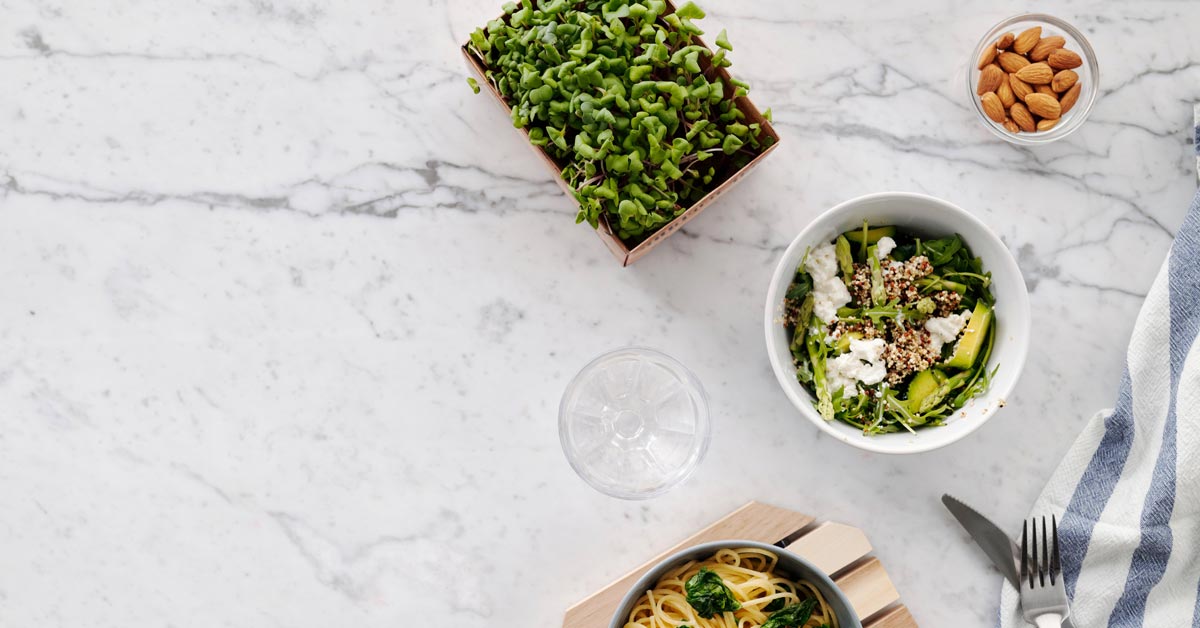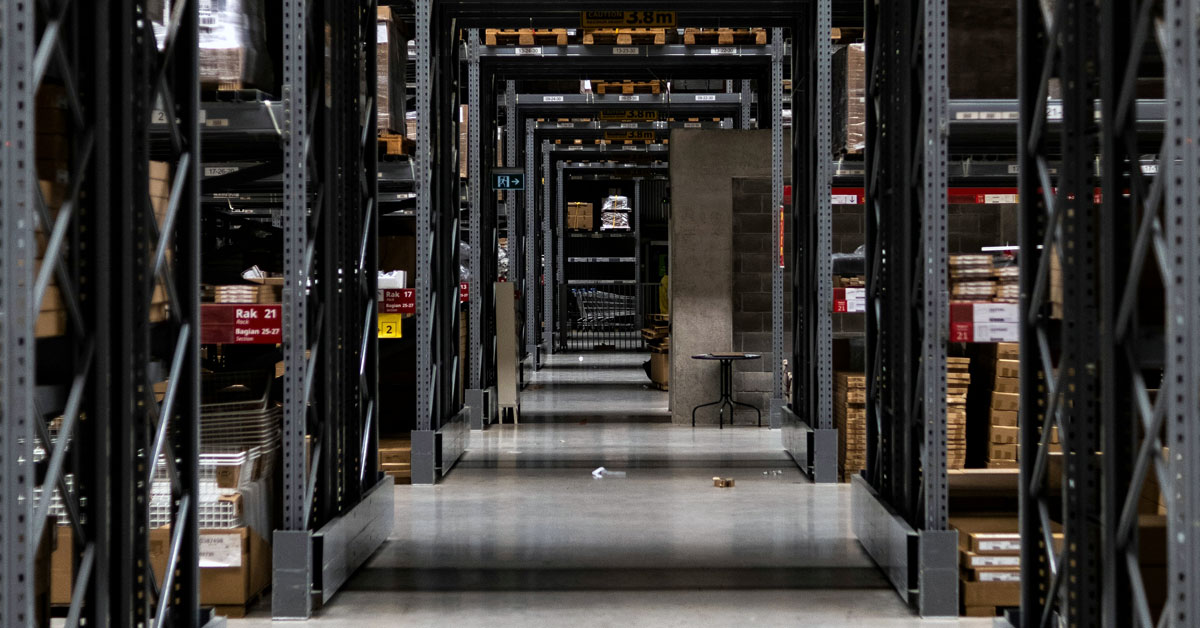Guidelines for Hotel Food & Beverage Managers and Chefs on selecting appropriate and safe foods for take-away meals for in-house guests going on excursions or attending events outside the hotel.
As the demand for take-away meals for in-house guests participating in excursions or attending off-site events is a common inquiry in the hospitality world, it is crucial for Hotel Food & Beverage Managers and Chefs to be prepared with cost-effective options while prioritizing both taste and safety.
While the ultimate responsibility for food preparation lies in the hands of each Chef, we will attempt to highlight a few practical points to consider when creating or updating take-away or lunch-box meal options for your guests.
Specific Considerations
1. Dangers and Risks
Microbial contamination and multiplication pose significant risks to outdoor meals, especially in warm weather. Factors such as breaks in the cold chain, inadequate cooking, improper storage, and poor food hygiene practices can contribute to these risks.
To mitigate microbial contamination and multiplication risks in outdoor meals, particularly in warm weather, maintain an unbroken cold chain, ensure thorough cooking, practice proper storage, uphold stringent hygiene measures, use secure and insulated packaging during transport, plan menus with items less susceptible to microbial growth, educate staff and guests on food safety, and conduct regular audits to promptly address potential issues.
2. Choice of Foods
When preparing take-away meals, prioritize sturdy and non-perishable food items. Consider the duration of the outing and the potential for temperature variations. Opt for foods that can withstand moderate temperatures and those that require cold storage for shorter durations.
3. Food Categories
Non-perishable Foods (Suitable for Room Temperature):
- Canned meats, fish, vegetables, legumes, or fruits
- Dried fruits and nuts
- Vacuum-sealed sterilized foods
- Dehydrated foods in packets
- Packaged sliced bread and pastries
- Dry biscuits
- Individual packets of condiments and spreads
- Sterilized individual portions of jams and compotes
- Bottled water and fruit juice boxes
- Shelf-stable desserts
Sturdy Foods (Safe for a Day at Moderate Temperature):
- Whole fresh fruits and vegetables
- Stable cured meats
- Hard-boiled eggs
- Pressed cheese and certain melted cheeses
- Fresh bread and pastries without cream
- Homemade biscuits and cakes
Fragile Foods (Must be Kept Cold and Consumed Within a Day):
- Meat and meat-based preparations
- Pre-packaged fresh deli meats
- Fish, seafood, and related products
- Cooked pasta, rice, and other starches
- Soft cheeses
- Fresh dairy products
- Vacuum-packed pasteurized foods
- Cut or grated raw vegetables
- Pizzas, savory cakes, savory pies, and custards
- Refrigerated prepared dishes
- Sandwiches (preferably assembled just before consumption)
- Fourth-range salads and vegetables
- Fresh or pasteurized fruit or vegetable juices
Foods to Avoid (Due to Fragility):
- Raw meats and offal
- Ground meat
- Raw seafood and dishes with raw fish
- Preparations with raw eggs
- Cheeses made from raw milk
4. Customer Tips
To enhance guest experience, remind them not to expose take-away meals to direct sunlight or leave them in a hot environment. Emphasize the importance of consuming the meals promptly and discarding any perishable leftovers.
5. Traceability
Maintain detailed records of the raw materials used in take-away meals. In the event of any food-related issues, these records can serve as crucial evidence of the products’ safety during delivery.
Conclusion
As Hotel Food & Beverage Managers and Chefs, prioritizing the culinary experience of guests on excursions or attending off-site events is paramount. These guidelines, rooted in the nuances of outdoor dining and the associated risks, empower you to curate take-away meals that are not only delicious but also safe.
From choosing non-perishables suitable for room temperature to carefully selecting fragile items that require cold storage, the emphasis is on both taste and hygiene.
By implementing these recommendations, you ensure that every take-away meal becomes a delightful extension of the exceptional dining experience your establishment is known for, even beyond the confines of your property.
For more information on Take-Away Meals, we recommend the following resources:
_________________________________________________
Health and Wellbeing Queensland – How to make healthy choices with your takeaway meals: https://hw.qld.gov.au/blog/how-to-make-healthy-choices-with-your-takeaway-meals/
Sulapac – 4 ways to make take-away and fast food more eco-friendly: https://www.sulapac.com/blog/eco-friendly-takeaway-food/
Koukskitchen – Ready Made Meals vs Takeaway, What’s the Difference?: https://www.koukskitchen.co.za/blogs/article/ready-made-meals-vs-takeaway-what-s-the-difference







